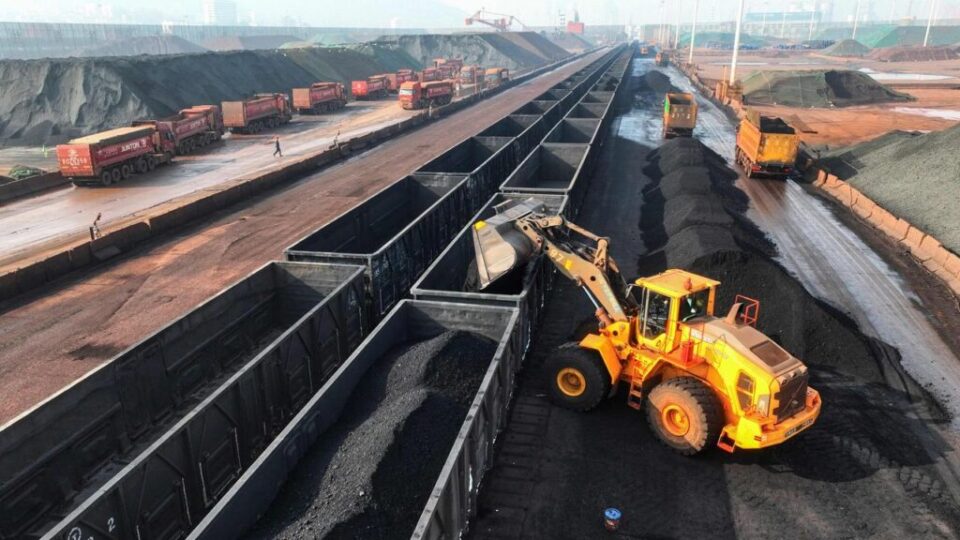China’s coking coal market, which has been grappling with sustained price declines throughout the year, saw a rare rebound in June as environmental inspections in Shanxi province temporarily curbed output.
The resurgence follows regulatory intervention in the coal-rich Linfen area, where several mines—collectively producing around 10.5 million tonnes annually—have been ordered to suspend operations. According to industry publication SXCoal, miners received verbal notices on Monday to halt activity for approximately 10 days, pending environmental reviews.
This unexpected disruption in supply has nudged coking coal futures on the Dalian Commodity Exchange up by 9% this month, reaching 791.5 yuan ($110) per tonne. It’s a sharp turnaround from early June, when futures had slumped to a nine-year low of 709 yuan, less than half their mid-2023 value.
A Temporary Respite
Production halts linked to environmental or safety inspections are a common lever used by Chinese regulators—and one that frequently injects volatility into coal markets. While the current interruption has spurred modest price gains, analysts warn the rally may be fleeting.
“Sufficient supply, high inventory levels, and weak demand should continue to put downward pressure on coking coal prices in the near term,” said Morgan Stanley analysts led by Rachel Zhang in a research note on Tuesday.
Indeed, despite periodic disruptions, China’s coking coal stockpiles remain high. Years of aggressive mining have led to an oversupplied market. Meanwhile, demand from the steelmaking sector—the primary consumer of coking coal—is waning, as Beijing enforces output restrictions on steel producers to meet decarbonization targets and curb industrial overcapacity.
A Market Facing Structural Challenges
Even with the recent bounce, the fundamentals for coking coal remain bearish. Steel demand is cooling, construction activity is sluggish, and there are few signs of a sustained industrial rebound. With coal supplies still abundant and policy headwinds persisting, the likelihood of a long-term recovery appears limited.
The temporary relief offered by Shanxi’s production pause may soon give way to renewed price pressure—highlighting just how fragile and oversupplied the market has become.


